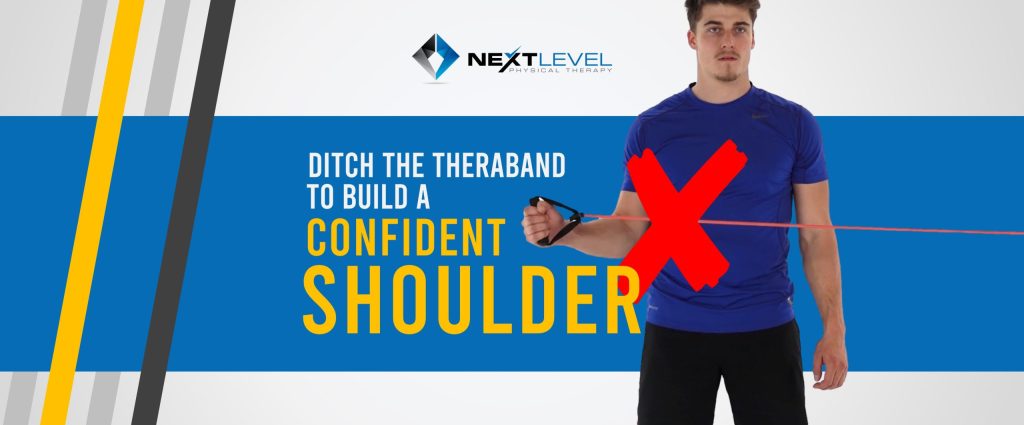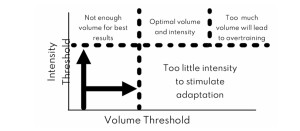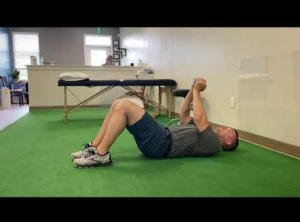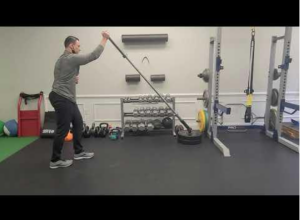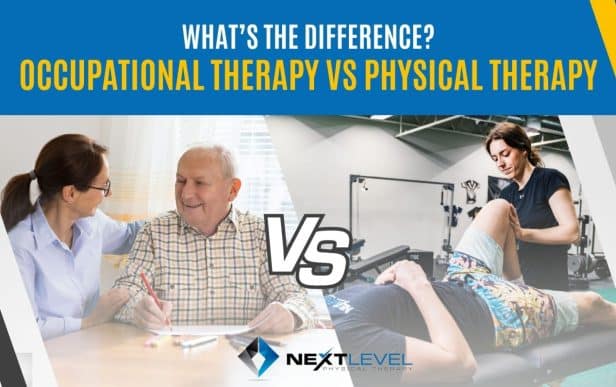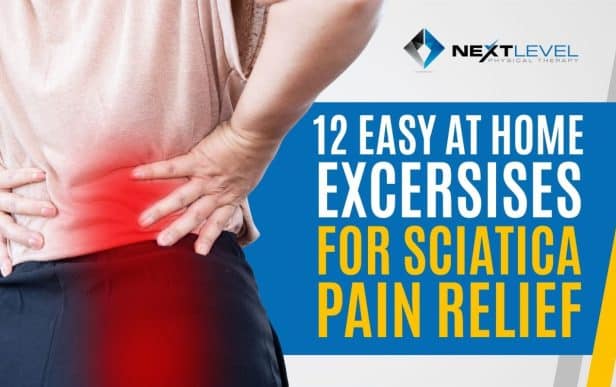Dr. Colin Butler, DPT, ATC
The foremost principle that guides rehabilitation is the SAID Principle, or Specific Adaptations to Imposed Demands.
Simply put, this principle of physiology tells us that the body adapts to the specific demands placed upon it.
Perform enough aerobic exercise and your heart adapts by increasing the size of the muscles in the left ventricle. This allows more blood to be pumped with each contraction, lowering resting heart rate over time. Similar adaptations occur within the nervous and hormonal systems and often lead to decreases in resting blood pressure as well.¹
The tendons of sprinters become increasingly stiff as they train to run faster. This is a positive adaptation. Think about the last time you struggled to change the roll of bathroom tissue because the spring was stiff and kept snapping back quickly. A stiffer spring, much like a stiffer tendon, releases more energy when stretched and recoils, helping the sprinter move faster and more efficiently.
When an injury occurs to a muscle, tendon, or another joint structure, it is usually because that tissue was exposed to a level of stress that exceeded its ability to adapt positively.
When you trip and roll your ankle in the classic position shown below in Image 1, the ligaments and muscles on the outside of the ankle are injured because they were loaded too quickly and with too much force for what they were prepared to handle. Meanwhile, there are well documented examples of martial artists being able to break stone with their shins without injury because they have spent years gradually adapting their bodies to those compressive forces.

Source: https://i2.wp.com/b-reddy.org/wp-content/uploads/2016/07/klay-thompson-right-ankle-sprain.jpg?ssl=1
How does this relate to a shoulder injury?
If we want to restore shoulder function and allow the joint to tolerate increasing physical stress without negative adaptations like pain or injury, we need to apply the Goldilocks Principle of rehabilitation shown in Image 2. The stress must be just right. Too little will not create change, and too much will drive setbacks.
The chart below is a helpful way to visualize this concept when restoring strength and range of motion following injury.
Image 2: Volume vs intensity threshold for gaining an adaptation. (Joel Jamieson’s “Ultimate MMA Conditioning”)
Resistance tubing, often referred to by the commercial name Theraband, is one of the most common tools people associate with physical therapy.
Despite the title of this article, I am not against the use of resistance bands.
For individuals in the early stages of shoulder rehabilitation, tubing can be extremely useful. It provides a low level of resistance that may be enough to rebuild initial strength or improve control of the arm through a safe range of motion.
Bands can also help provide external feedback so you can better feel your shoulder moving into different positions, which can be valuable when restoring range of motion.
However, if the goal is to build a shoulder that can produce and absorb meaningful force, bands alone are often not enough. At some point, greater resistance is needed to apply the appropriate combination of volume and intensity required for long term strength gains.
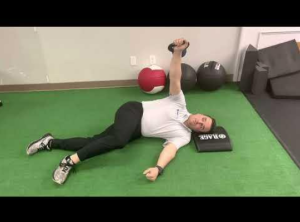
Sidelying Kettlebell Arm Bar
Exercises like the kettlebell or dumbbell arm bar are an excellent entry point for retraining shoulder rotation with heavier loads. They also help retrain coordinated movement of the shoulder blade, allowing smoother and more controlled motion of the arm.
Hooklying Dumbbell Pullover
The hooklying dumbbell pullover is another effective way to improve overhead range of motion while building strength through a large arc of movement. This exercise is commonly used to help clients regain overhead motion without compensating through excessive lower back arching. It also builds confidence when holding weight overhead.
Staggered Stance Landmine Press
Landmine pressing is a highly effective way to load the muscles around the shoulder with progressively heavier resistance. This variation also allows easy modification to train coordination between ribcage rotation and shoulder movement, which is critical for many athletic and daily activities.
If you are returning from a shoulder injury, it is important to understand the purpose behind each exercise you choose. Not all rehabilitation needs to look like bands and two pound weights. Your program should be challenging enough to prepare your shoulder for the real world demands you place on it.
Make sure the time you invest in rehabilitation is producing the adaptations your shoulder actually needs.
References
- Farrell C, Turgeon DR. Normal Versus Chronic Adaptations To Aerobic Exercise. [Updated 2021 Jul 15]. In: StatPearls [Internet]. Treasure Island (FL): StatPearls Publishing; 2022 Jan-. Available from: https://www.ncbi.nlm.nih.gov/books/NBK572066/
